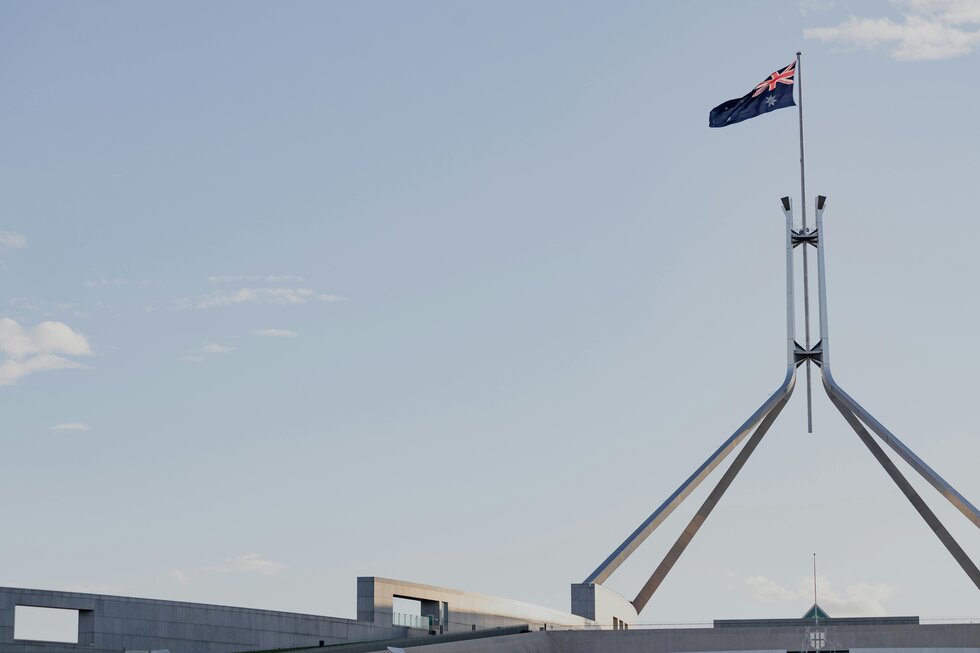Student Visa Cap Blocked: What’s Next for International Education in Australia?
The move by Australia to cap its international student visas has run into a major roadblock. The Education Services for Overseas Students Amendment (ESOS) Bill 2024, which aimed at introducing the cap, did not pass the Senate. The new bill proposed that only 270,000 international students be permitted to enroll in the year 2025 and the following years for the elimination of housing pressure and also infrastructure demand. During the final parliamentary sitting day for the year 2024, which was just last November 28, 2024, the Australian government did not pass the bill therefore it cannot go ahead with its plans to introduce enrolment caps from 1 January 2025. The opposition by political parties and the education sector forces the initiative to be halted, and hence, widely debated on the implications.
What Was the Purpose of the Proposed Student Visa Cap?
The Australian government introduced the ESOS Amendment Bill 2024 to address increasing concerns about the country’s housing crisis and infrastructure strain. By capping the number of new international students, policymakers aimed to balance migration levels and reduce pressure on urban housing markets.
However, critics argued that international students were being unfairly scapegoated. According to the Student Accommodation Council, international students account for only 6% of the rental market, with 73% of local government areas having an international student population below 1%. This data suggests the housing crisis is more complex and unrelated to student numbers alone.
Why Did the Bill Fail?
The bill faced strong opposition from both political and educational stakeholders. Opposition parties argued that the cap failed to address the root causes of the housing crisis calling it a “band-aid solution.” Many highlighted the lack of complementary measures to increase housing supply or improve infrastructure which they believe are more critical to solving the crisis.
Universities and education advocates also pushed back against the legislation, warning that the cap would severely impact Australia’s international education sector—a $51 billion industry. They pointed out that the education sector relies heavily on international students both for revenue and as a significant contributor to the country’s economy.
The Role of Ministerial Direction 107 (MD107)
There are, however, strong indications that the current government will continue to restrict international student numbers in the absence of legislated enrolment caps. With the ESOS Amendment Bill blocked, the Australian government is expected to continue using Ministerial Direction 107 (MD107) as an alternative method to control student visa numbers. Introduced in December 2023, MD107 categorises educational institutions based on risk, favoring “low-risk” providers for visa processing.
This framework has led to increased visa rejection rates, particularly for students from developing countries causing uncertainty and anxiety among prospective applicants. Critics argue that MD107 functions as a “de facto cap,” limiting student numbers without the need for formal legislation.
Impact on International Students and Universities
For International Students
The uncertainty surrounding visa policies is creating anxiety among prospective students. Many are concerned about whether they will be able to secure visas or gain access to their desired schools. Students from developing countries, in particular, fear being extremely affected due to stricter risk assessments under MD107.
For Universities
The failure to pass the ESOS Amendment Bill, combined with the ongoing impact of MD107, is putting significant financial strain on universities. According to Universities Australia, the policies have already caused a loss of $4 billion to the education sector. Regional and suburban institutions, which rely heavily on international enrolments, are especially vulnerable.
Economic and Policy Implications
The international education sector is one of Australia’s largest export industries. Limiting student numbers not only reduces revenue for universities but also affects related industries such as housing, retail, and tourism. Additionally, it weakens Australia’s global reputation as a welcoming destination for international students potentially pushing prospective students to competing markets like Canada and the UK.
What’s Next?
While the ESOS Amendment Bill will not proceed, the government has indicated its intent to continue regulating student numbers through MD107. However, critics and stakeholders are calling for a more holistic approach to address migration and housing challenges without harming the education sector. the proposed alternatives include:
✅ Increasing Housing Supply: Incentivising investment in student accommodations and affordable housing to alleviate market pressures.
✅ Streamlining Policies: Reducing uncertainty in visa frameworks and provide clarity and confidence to prospective students instead.
✅ Collaboration with Universities: Developing policies in partnership with educational institutions to balance economic growth with social concerns.
Conclusion
The failure of Australia’s student visa cap legislation highlights the complexity of balancing migration, housing, and education policy. While the government continues to explore ways to manage these challenges, the education sector and international students are left to deal with uncertainty. As Australia’s global competitiveness as a study destination hangs in the balance, the need for clear, fair, and sustainable policies has never been greater.
For now, the focus remains on finding collaborative solutions that address the root causes of housing shortages while preserving the vital contributions of international students to Australia’s economy and society.




